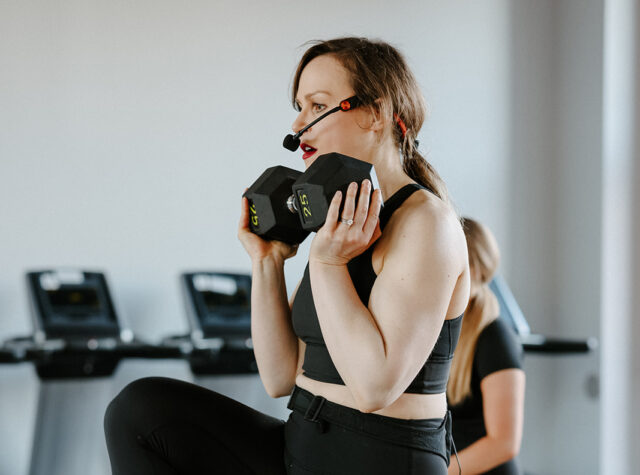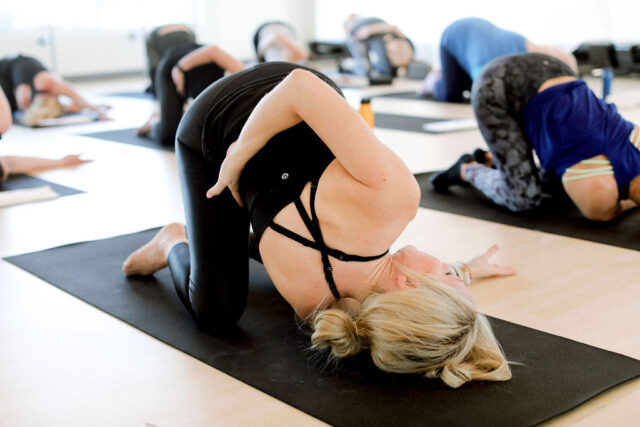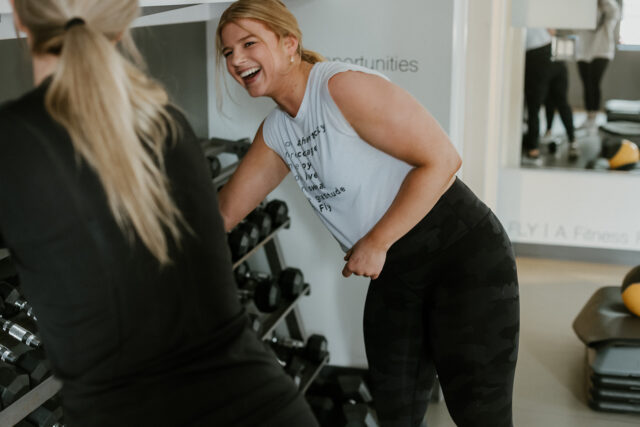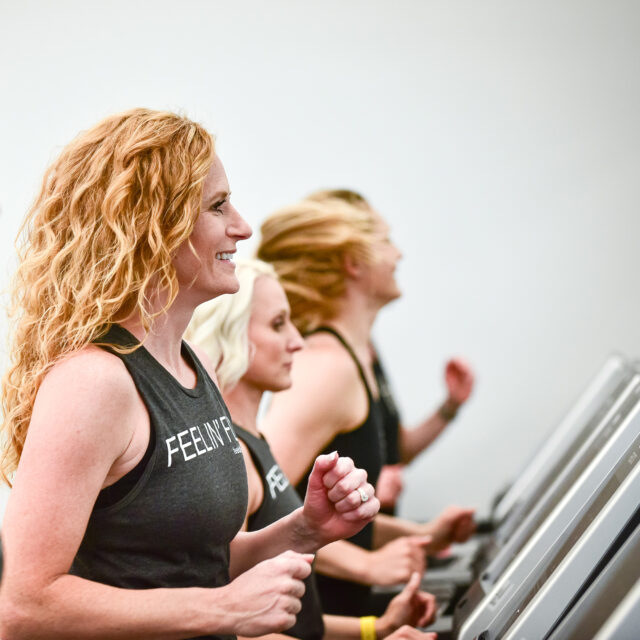5 Tips for Injury Prevention
- By Morgan Horton
- May 10, 2018
We all know the amazing feeling of pushing ourselves to our limits mentally and physically in our workouts. We also know that after spending hours lifting heavy weights or tapping it back on a spin bike, we need ways to recover and protect our tight muscles. “These strategies will help you stay injury-free and help you recover from your workouts so that you can perform better, avoid injuries and continue to push yourself to new heights,” says Dr. Jenni Bruning Brown, Fly’s founder.
- Acknowledge the power of self-care. For a long time, it was almost in vogue for athletes to never recover. “It’s always been popular to push your body without concern for how you feel afterward,” says Jenni. “But acknowledging what your body needs and then committing to your long-term health by taking breaks or hitting up a massage therapist or a foam roller at home will keep you in the game (whatever that may be) for longer and ultimately boost your performance.”
- Take a bath. Jenni recommends a couple different types of baths for recovery. She says that while some studies have found inconsistent results, most athletic departments still use ice baths to heal sore muscles, and in general, they can make you feel better after a tough workout. Jenni suggests 10-12 minutes at about 58 degrees and having the bath filled to just about mid-stomach height. For those of you who cringe at the idea of slipping into a tub full of ice, Epsom salt baths are good for both sore muscles and relaxation.
- Stretch it out. Studies have generally shown that prevention is better than a cure. “If you move your body regularly and work on your flexibility, you’ll be better off than trying to address an existing injury or muscle damage,” Jenni says. Yoga and active stretching, especially when your body is warm, can work to prevent injuries in the future, as well as using foam rollers and working out the different muscle groups regularly.
- Compress it. “Compression socks and garments haven’t been shown to improve performance, but they do help with recovery,” Jenni says. Compression running socks, for instance, do reduce soreness the day after a workout as well as improve strength and recovery. Jenni encourages you to throw a pair on as soon as possible after a tough HIIT session and keep them on for a couple hours to see less potential for injury and improved recovery post workout. (Bonus: they look cool.)
- Fuel up. When your body is in a recovery state after a tough workout or a long run, replenish it by eating carbohydrates immediately after your session to replenish glycogen stores as well as fuel the muscles. No matter your choice of food, make sure you are getting the right nutrients before and after your workouts so that your muscles can recover.
Making time to recover from strenuous workouts can help you reach your goals in the long run. Prioritize your health with the tips above and set yourself up for long-term success. This week, join us for some hot flyyoga Tuesday and Thursday at 5:15PM and start stretching it out with us in the evening.










